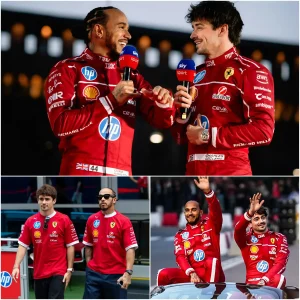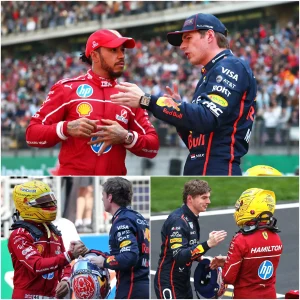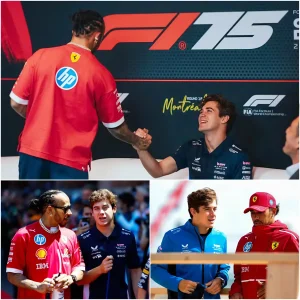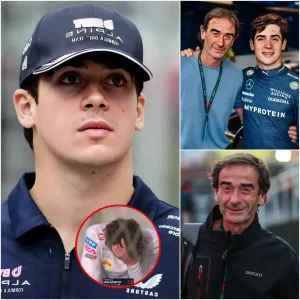In the vibrant world of Formula 1, a landslide is rocking the circuit, and the epicenter is Red Bull Racing. Laurent Mekies, the new team principal who succeeded Christian Horner in July 2025, has revealed his team’s trump card with stunning directness: a high-risk strategy that will catapult Max Verstappen back into the arms of the world championship. McLaren, this season’s surprise leader, is being put on the defensive as the sport heads towards a climax no one could have seen coming. It’s Verstappen time, and no one – not even Oscar Piastri or Lando Norris – seems safe from the Dutch storm.
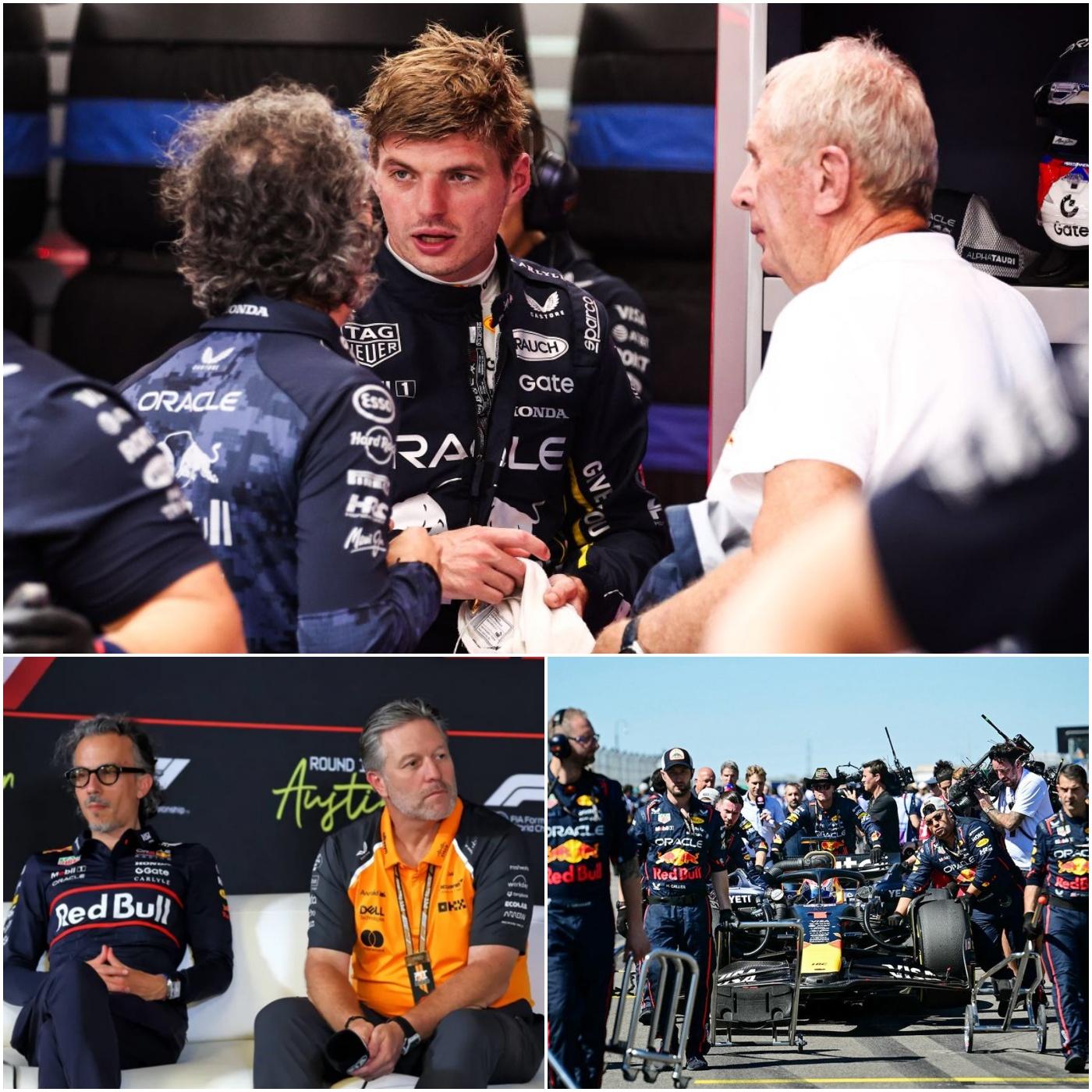
Let’s rewind to the summer of 2025. Red Bull was facing a crisis. After four dominant titles in a row with Verstappen, the RB21 car seemed vulnerable. McLaren, led by Andrea Stella, had taken the upper hand with an MCL39 that excelled on every circuit. Verstappen, the four-time champion, dragged through a series of disappointing races: only one podium in seven grands prix before the summer break. The gap with Piastri grew to 104 points. Internal tensions flared, culminating in Horner’s departure following accusations and a failing team performance. Red Bull seemed on the verge of death, with Helmut Marko later admitting: “We had already resigned ourselves to a lost season.”
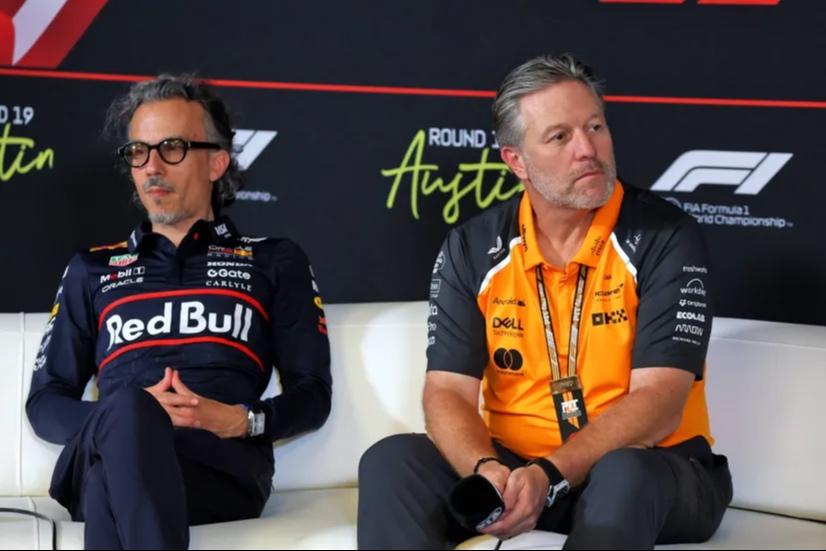
Enter Laurent Mekies. The Frenchman, an engineer with a heart of gold and a CV that shines – from Toro Rosso to Ferrari and FIA – stepped in as CEO and team principal. His appointment was no coincidence; Red Bull was looking for a breath of fresh air, someone who dared to ignore the data in favor of intuition and courage. Mekies, who had previously transformed Racing Bulls from a junior team to a midfield threat, brought immediate change. “We had to stop racing conservatively,” he said in his first press conference in Spa. “This is not a time for safe choices. We are going all-in on development, on risks that others avoid.”

The trump card? A high-risk approach that prioritizes aggressive upgrades over cautious point chasing. In Monza, the first race after the break, Red Bull introduced a new floor and suspension adjustments, inspired by Mekies’ time at Racing Bulls. Where others saved engines on Friday, Mekies opted for full throttle: full simulations, rigorous testing and a setup that finally let the RB21 shine on curbs and bumps. Verstappen, who himself insisted on a thinner rear wing despite skepticism from the technicians, won by 19 seconds ahead of Norris – the largest margin of the year. “It feels like coming home,” Verstappen grinned afterwards, as he set the fastest lap time ever.

But Monza was not a one-off flash. History repeated itself in Baku. Verstappen pushed for an undercut strategy, ignoring safety car fears, and dominated again. Mekies’ philosophy – “ask the right questions, not the safe ones” – began to pay off. The gap with Piastri shrank to 69 points. “Laurent has brought a different approach,” praised Marko. “The team is more open, discussing instead of blindly following simulations.” Tsunoda, Verstappen’s new teammate after a driver swap, flourished under Mekies’ wing. “Yuki has a role,” the team principal recently emphasized. “His speed splits the tests, helps us fine-tune strategies. Faster Yuki means two-on-two battles with McLaren.”

The earthquake escalated in Austin, during the United States Grand Prix. Verstappen won his third race in five outings, including a sprint victory, and reduced the deficit to just 40 points on Piastri and 26 on Norris. Red Bull’s revival is spectacular: podiums at low-downforce tracks like Monza, medium-speed tracks like Baku, and even high-downforce circuits like Singapore, where Verstappen took P2 despite braking complaints. McLaren’s Stella muttered about possible aerodynamic fixes at Red Bull, speculating on ride height as the key. “They ride lower, tighter – that maximizes ground effect,” he said. Mekies just smiled: “It’s not one thing. It’s philosophy: more driver input, less data dependence.”
McLaren feels the hot breath. The papaya boys, who dominated the season with double podium finishes, are now making mistakes under pressure. Norris crashed in Baku, Piastri lost ground in Austin due to a strategic mistake. “We cannot count on their blunders,” Mekies warned. “But with seven races to go, including sprints, anything is possible.” Verstappen himself is euphoric: “50/50 chance for the title? Now it feels like more. It’s exciting to fight back.” His ‘magic’, as Mekies calls it – that elusive sensitivity for the car – pushes the team to the limit. “Max surprises us every session,” said the Frenchman. “Watching him drive is history in the making.”
The consequences for Formula 1 are immense. Red Bull is moving up in the constructors’ championship, chasing second place. Verstappen’s momentum threatens to break McLaren, with internal tensions between Piastri and Norris flaring. Will Stella enforce orders? And what about 2026, with new regs and Red Bull’s own power unit? Mekies remains calm: “We take it race by race. But this team is hungry – and Max is the spark.”
As the caravan heads to Mexico City, the paddock is buzzing with rumors. Red Bull promises Verstappen “the best RB21 ever” for the Hermanos Rodriguez circuit. Tsunoda gets a setup inspired by his Racing Bulls days, to split the McLaren duo. It’s not a bluff; Mekies’ trump card – courage over logic – has turned the sport upside down. Verstappen, the boy from Hasselt who devours championships, is about to win his fifth title. McLaren fights for air, and the fans? They cheer for the chaos. Because in this Verstappen era, predictability is a sin and revolution is the only way forward.

